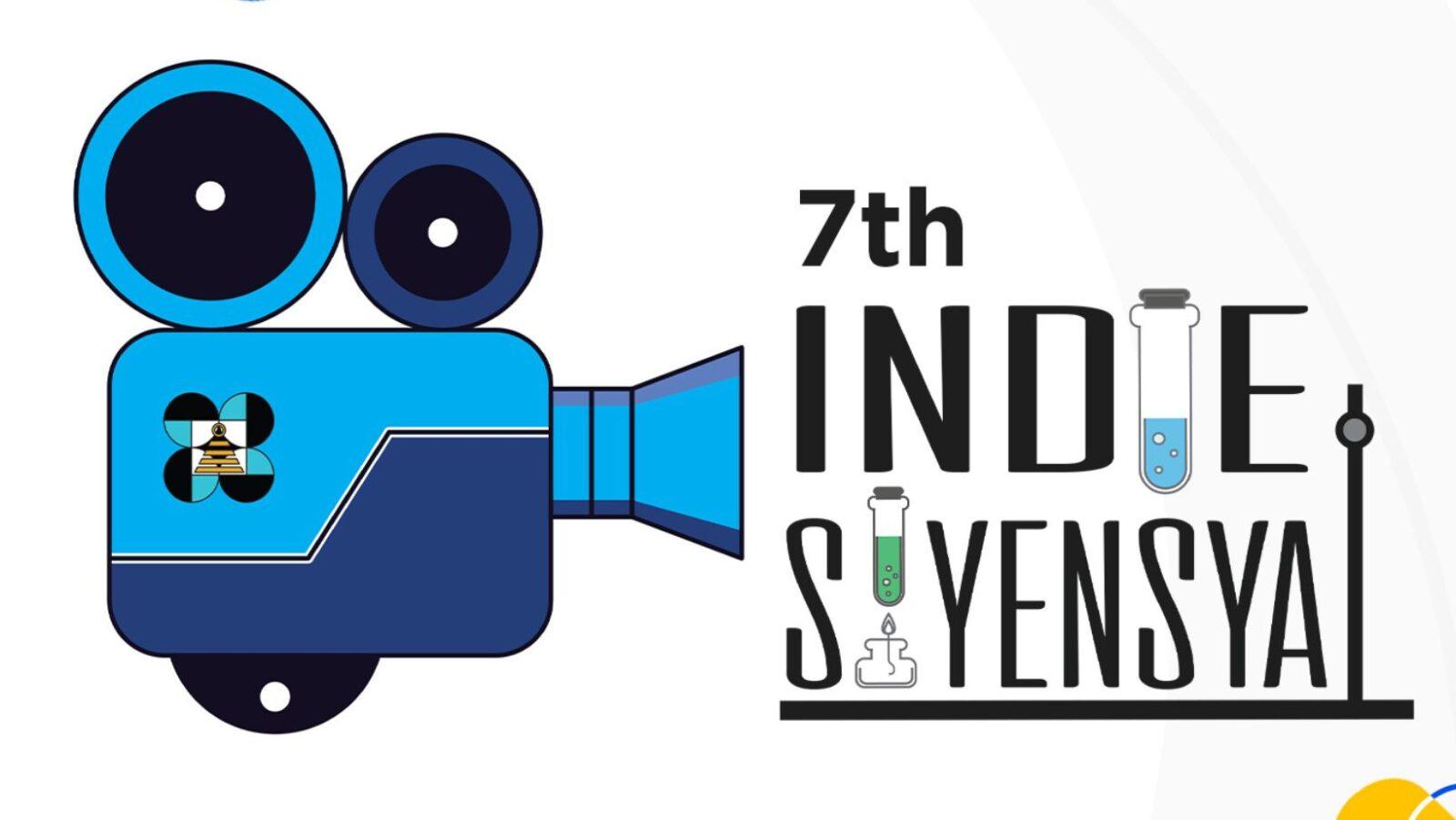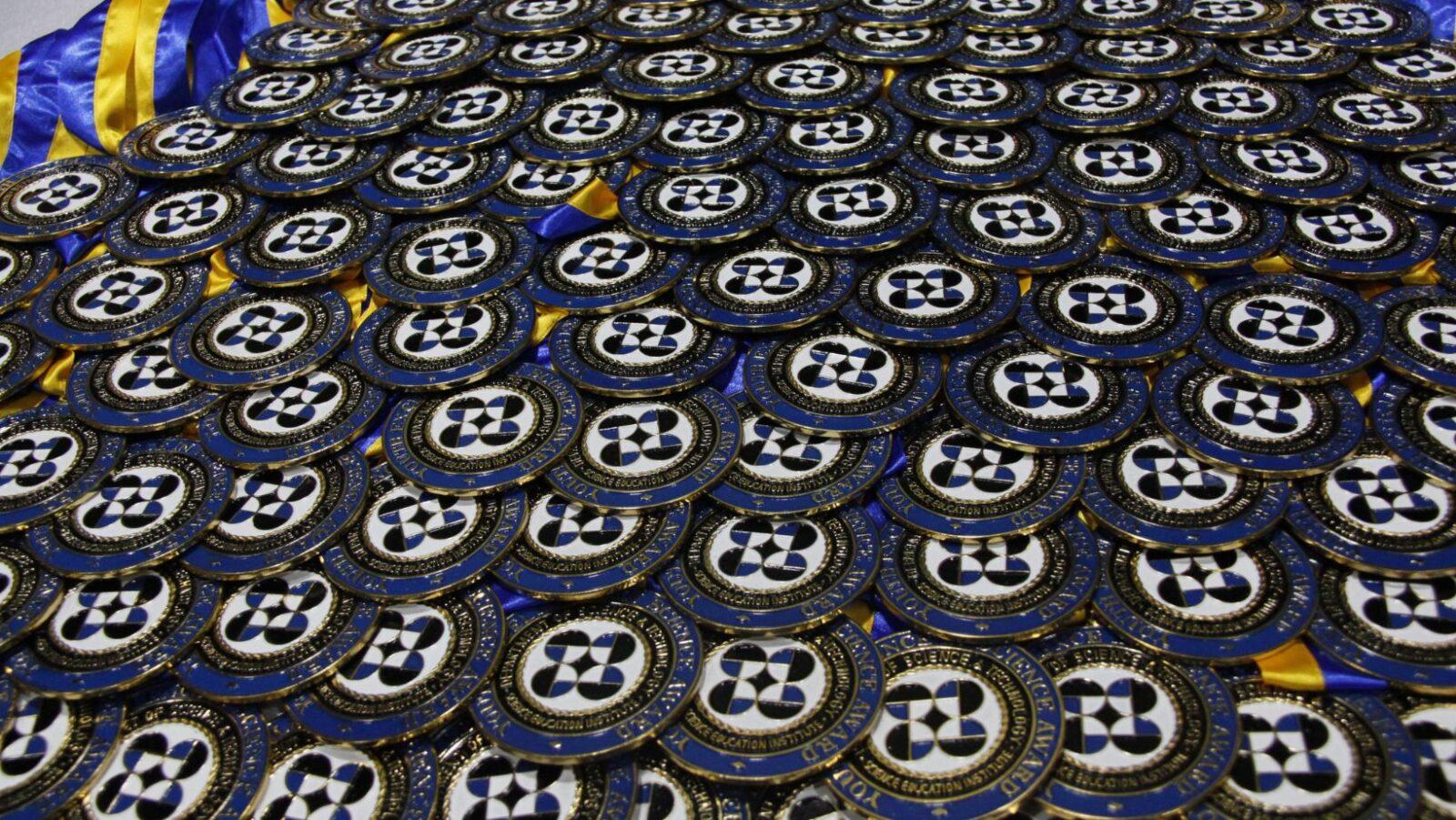ICYMI: Science and technology updates from May 26 to June 1, 2019.
Got an innovative teaching pitch? DOST could fund it
From the Philippine News Agency:
The Department of Science and Technology – Science Education Institute (DOST-SEI) has urged Science and Math teachers to submit innovative teaching proposals to receive funding.
Nine approved proposals (three teachers or groups allowed in three categories) will each receive a PHP50,000 funding support to develop a prototype.
One winner per category will receive PHP100,000 in cash prize and a plaque of recognition.
DOST-UP project creates online community-based ‘blue carbon’ assessment tool
From Newsbytes Philippines:
Harnessing the power of satellite images, researchers from the University of the Philippines Diliman have created an online community-based assessment tool to assess the presence of “blue carbon” in coastal areas.
Blue carbon refers to the carbon captured and stored by the coastal ecosystems, specifically mangroves and seagrasses (also called carbon sinks), for million years. When these ecosystems are degraded, they release the captured carbon back to the atmosphere, greatly contributing to climate change. It is thus beneficial to everyone that mangroves and seagrasses are conserved and protected.
The Integrated Assessment and Modelling of Blue Carbon Ecosystems for Conservation and Adaptive Management (IAMBlueCECAM) program, led by Dr. Ariel C. Blanco and with funding support from the Department of Science and Technology – Philippine Council for Industry, Energy and Emerging Technology Research and Development (DOST-PCIEERD), produced an accurate and detailed inventory of mangrove forests and seagrass habitats in selected pilot sites using remotely-sensed data and ground-based measurements as one of its major outputs.
Back to Canada: 69 containers of trash finally shipped out of Manila
From Rappler:
The 69 containers of trash from Canada dumped in Manila 6 years ago were finally shipped out of the country early morning of Friday, May 31 – just a few hours shy of the deadline set by the Philippine government.
Baaaaaaaaa bye, as we say it. pic.twitter.com/VetL4fP4Nj
— Teddy Locsin Jr. (@teddyboylocsin) May 31, 2019
Canada’s Environment Minister Catherine McKenna welcomed the news of the trash being returned, telling reporters on Thursday: “We committed with the Philippines and we’re working closely with them.”
Subic Bay Metropolitan Authority (SBMA) deputy administrator for port operations Rani Cruz said the containers were all loaded on the MV Bavaria docked at Subic Bay by 3:19 am on Friday.
“Canadian embassy officials, officials from the Philippines’ Department of Foreign Affairs and Subic Bay Metropolitan Authority observed the loading,” Cruz said.
Taal Lake loses 605 metric tons of tilapia, suffers “worst crisis yet”

From Rappler:
The Taal Lake fishcage industry is facing its worst crisis yet with 605 metric tons of tilapia found dead as of Friday, May 31.
At a farm gate price of P71 per kilo of tilapia, the potential income loss is estimated at P42.9 million.
At an emergency executive committee meeting Friday morning, the Bureau of Fisheries and Aquatic Resources (BFAR) reported the continuous plummeting of the level of dissolved oxygen (DO), which has reached 0.33 parts per million (ppm) at the surface of Taal Lake and 0.66 ppm at the bottom. The agency said the normal DO level should be between 5 to 6 ppm at which fish breathe.
Study: Native plant species may be at greater risk from climate crisis
From Phys.org:
As spring advances across the Midwest, a new study looking at blooming flowers suggests that non-native plants might outlast native plants in the region due to climate change.
[…]
The findings suggest important differences in how native and non-native plant species’ respond to climate change. Because other studies have shown that species which failed to shift their flowering times over the past century were more likely to decline in abundance or go extinct, native species may be more susceptible to climate change than non-natives species.
“Species across the globe are showing us that the climate is changing in ways that affect them,” [study co-author Jen Lau] said. “Flowering earlier in the spring is a big sign that the climate is changing and may be a key strategy for surviving climate change. Maybe the native species that aren’t very good at blooming earlier under warmer temperatures possess other strategies for surviving climate change, but if they don’t, they could be in serious danger.”
Gifts from the sea: Salts trapped in diamonds came from marine sediment
From EurekAlert!:
Most diamonds found at the Earth’s surface are formed this way; others are created by crystallization of melts deep in the mantle.
In experiments recreating the extreme pressures and temperatures found 200 kilometres underground, Dr Michael Förster, Professor Stephen Foley, Dr Olivier Alard, and colleagues at Goethe Universität and Johannes Gutenberg Universität in Germany, have demonstrated that seawater in sediment from the bottom of the ocean reacts in the right way to produce the balance of salts found in diamond.
The study, published in Science Advances, settles a long-standing question about the formation of diamonds. “There was a theory that the salts trapped inside diamonds came from marine seawater, but couldn’t be tested,” says lead author Michael. “Our research showed that they came from marine sediment.”








